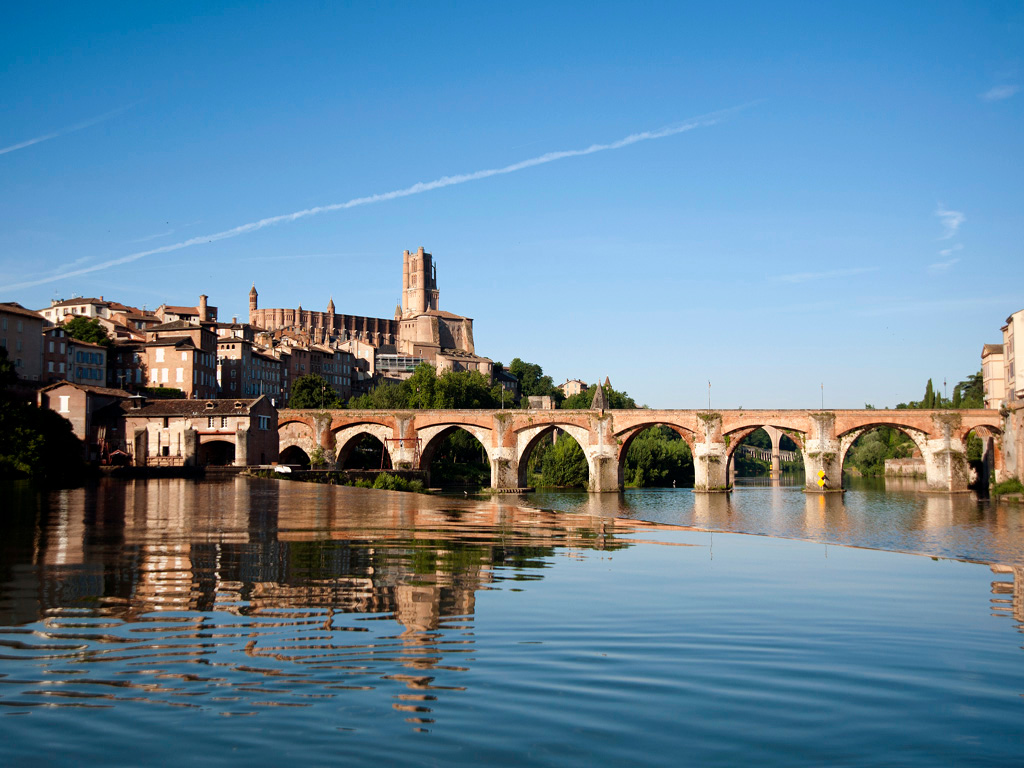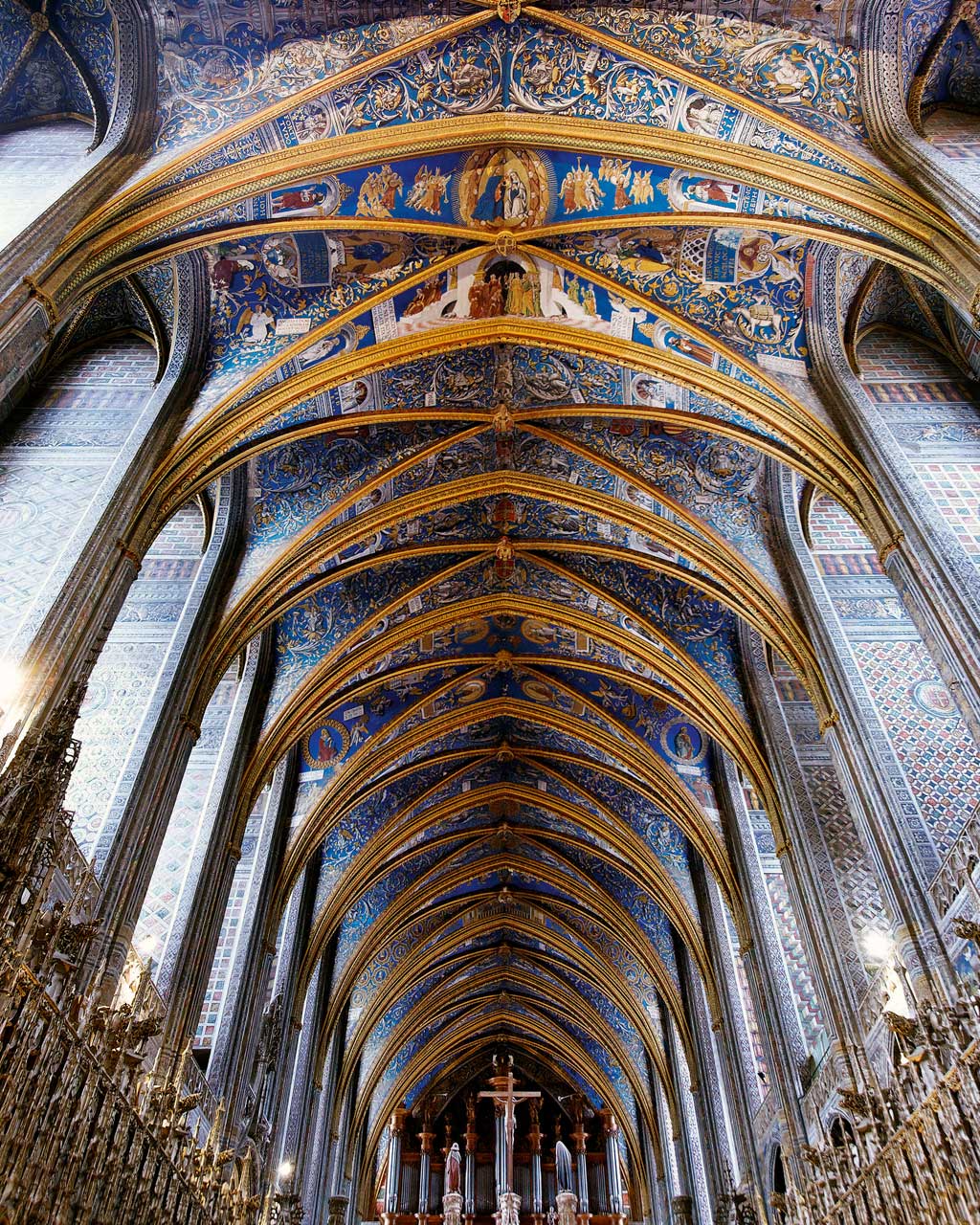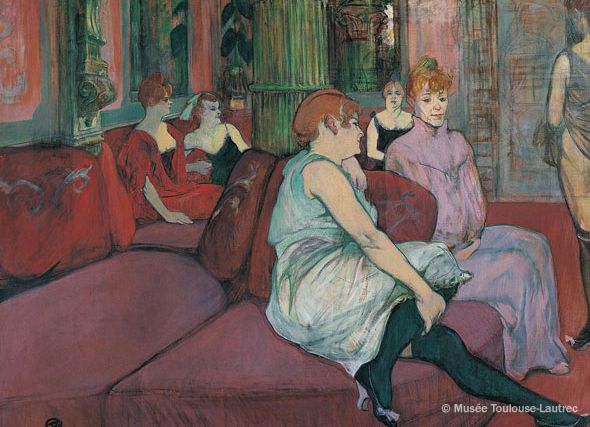Albi, a unique destination (www.albi-tourisme.fr)
Albi is situated in the Tarn department, lying between the Aquitaine basin and the Massif Central, near the Gaillac vineyards, the Cordais plateau and the Grésigne forest. Albi is one of the favourite destinations in southern France that combines a number of advantages: a listed heritage in the centre of a city built on a human scale, and a gentle lifestyle due to the sunshine, fine wine and food, and the generous and hospitable character of the people.
The classification by UNESCO of the Episcopal City of Albi on the prestigious World Heritage List on 31 July 2010 marks the recognition of the outstanding universal value of Albi’s heritage. That prestigious designation and the reopening of the Toulouse-Lautrec museum have resulted in media coverage that has boosted an already-existing reputation.
The Episcopal City of Albi is an urban complex made of brick that is unequalled in colour, power and harmony. The listed site includes a monumental ensemble of unequalled quality surrounded by four districts of medieval origin and protected by one of the oldest safeguarded zones in France. Strolling through it is walking into history, the golden age of the city, with its thirteenth-century brick buildings, half-timbered houses, inner courtyards, and terraced gardens...
Sainte-Cécile Cathedral: The world's largest brick cathedral
A monumental ensemble of unrivalled quality, a masterpiece of the Southern Gothic style, with its profoundly original, rigorous and austere architecture, Sainte-Cécile Cathedral serves as a casket for another gem, its sumptuous interior.
The monumental painting of the frescoes on the vaulted ceiling (1509-1512) provide an admirable view of the largest series of paintings in France overlooking the Last Judgment (1474-1484), recognised as the greatest in the world.
The cathedral includes a sculptural masterpiece around the rood screen and choir cloister, of lacelike carved stone (1477-1484) consisting of a prodigious polychrome work of statuary art.
The Toulouse-Lautrec Museum (www.museetoulouselautrec.net)
Thanks to the bequest made by the parents of Henri de Toulouse-Lautrec, the Toulouse-Lautrec museum possesses the largest collection of the artist in the world. Over 1000 works, pictures, lithographs, drawings, preparatory studies including all 31 posters afford a complete documented approach of the artist and illustrate each facet of his multifarious and innovative talent. The Toulouse-Lautrec galleries were inaugurated at the Palais de la Berbie, which forms part of Albi’s episcopal citadel, in 1922.











